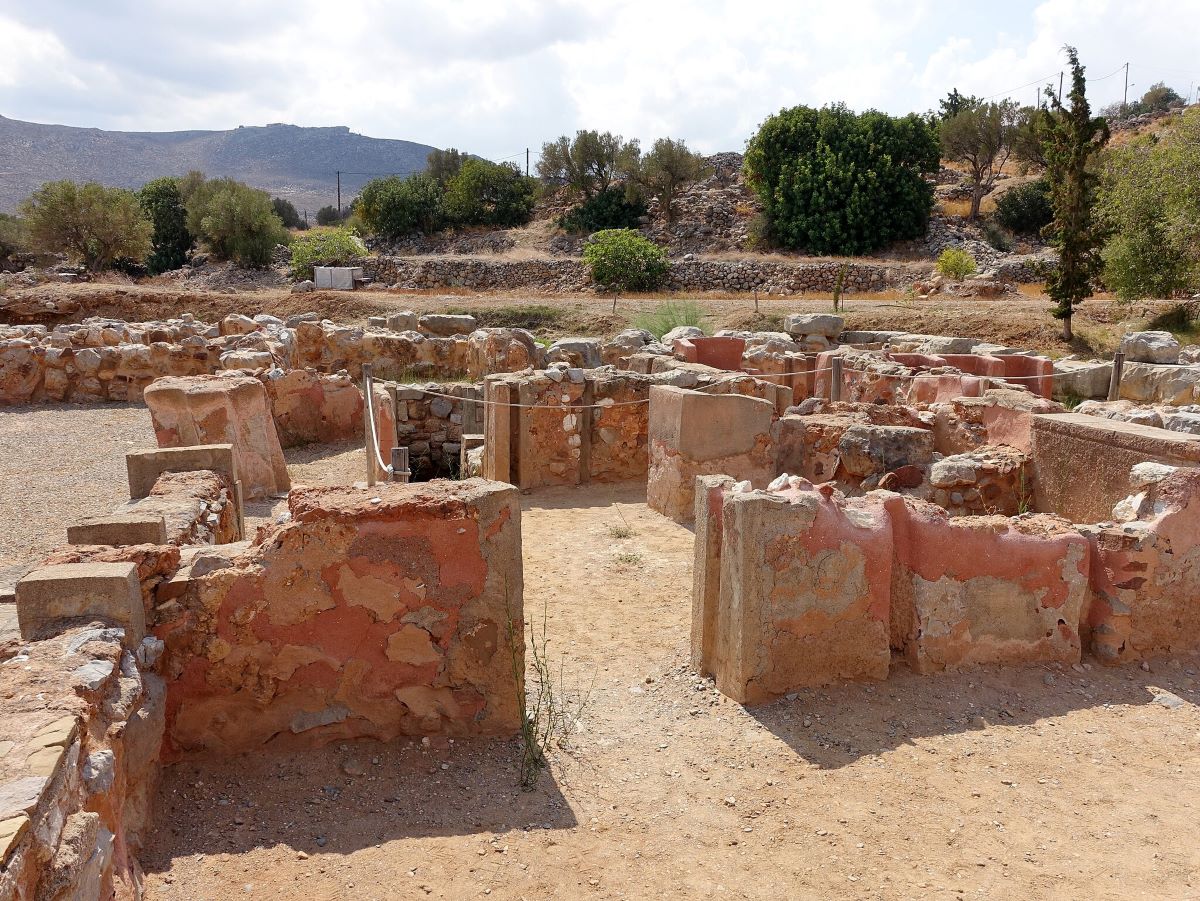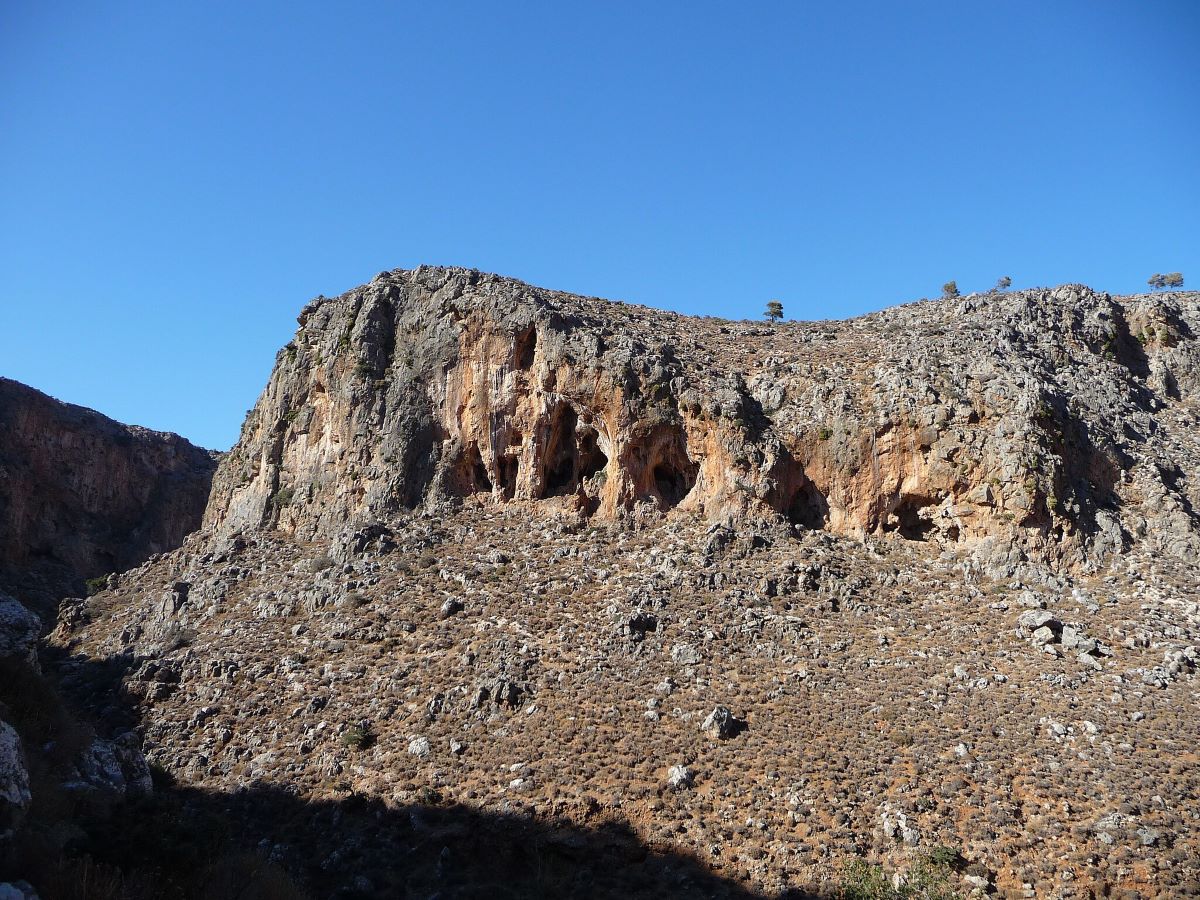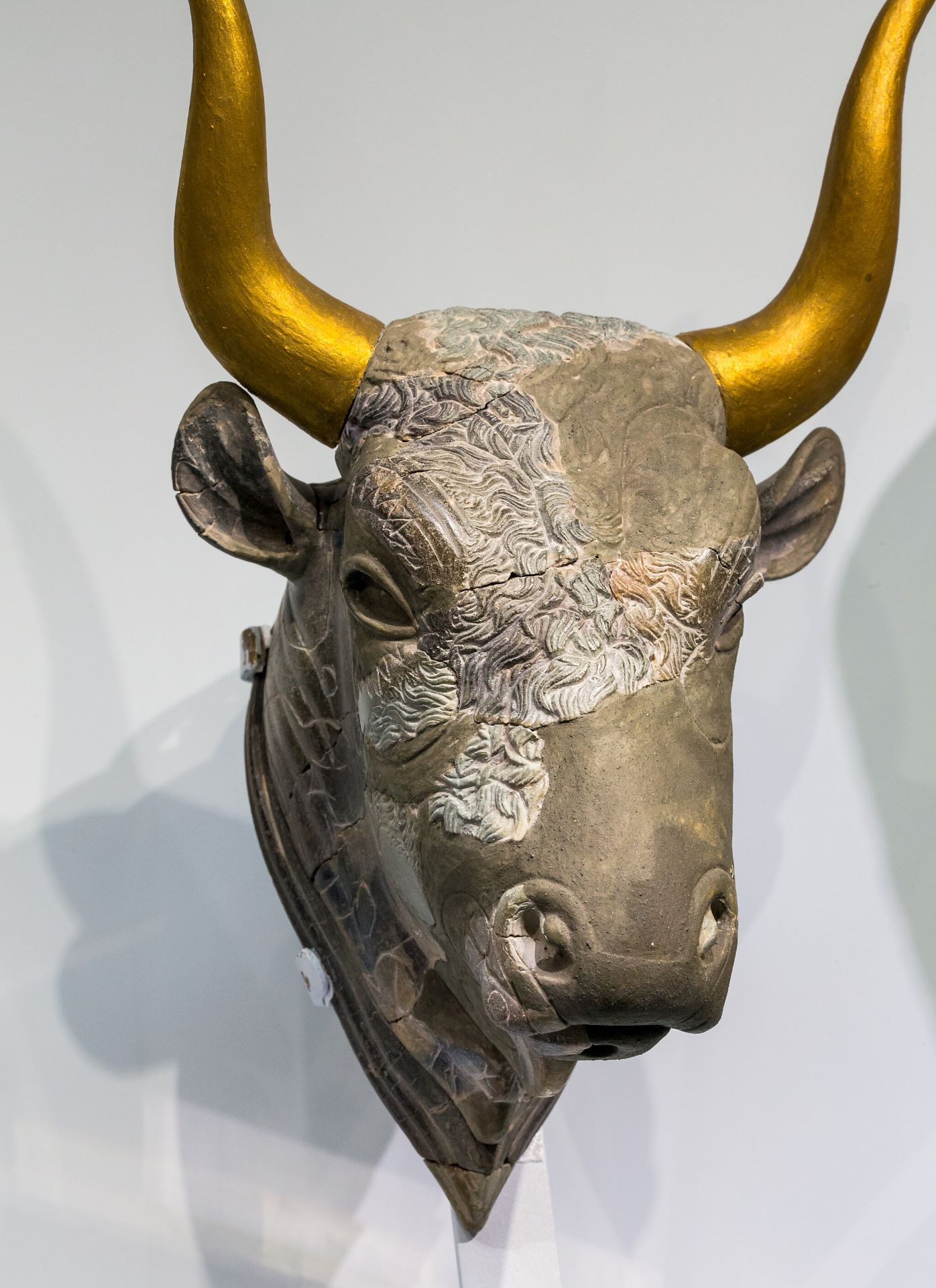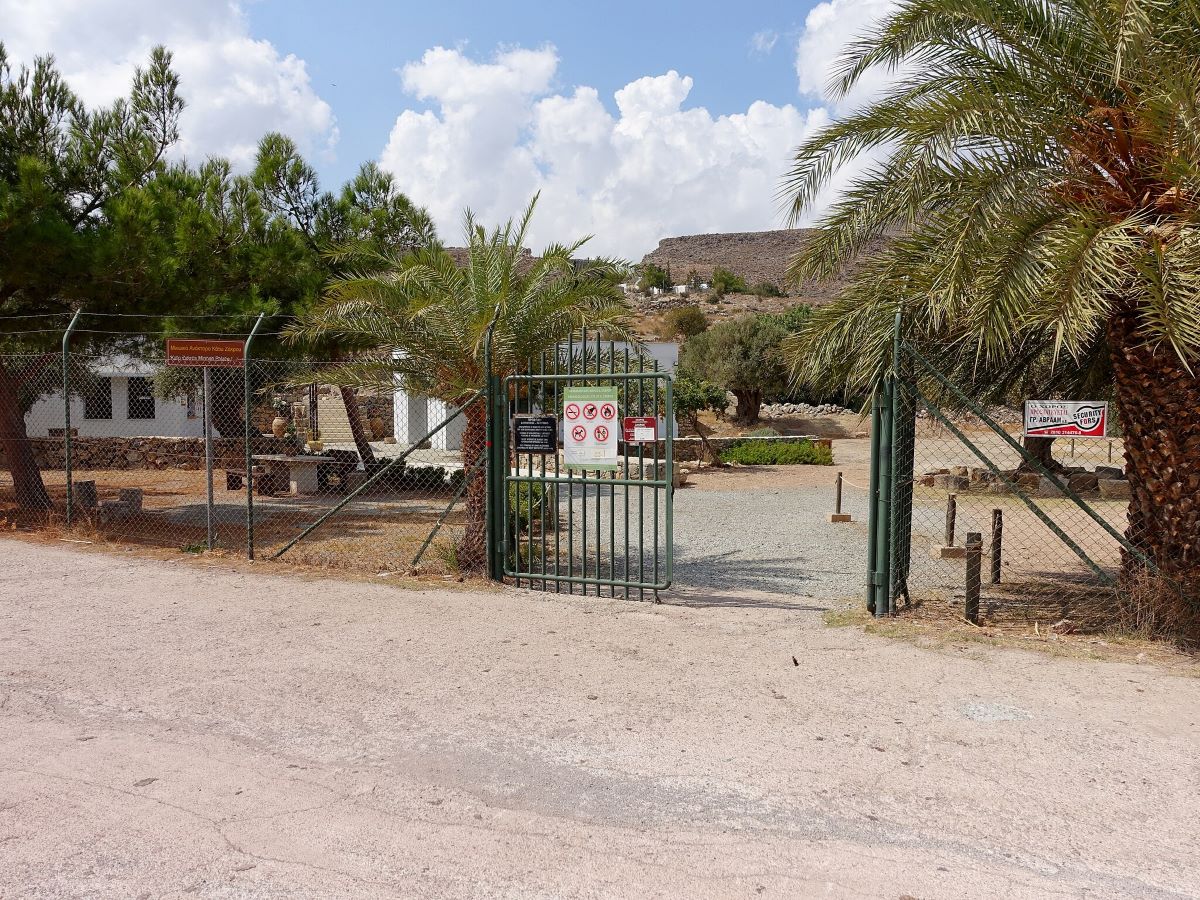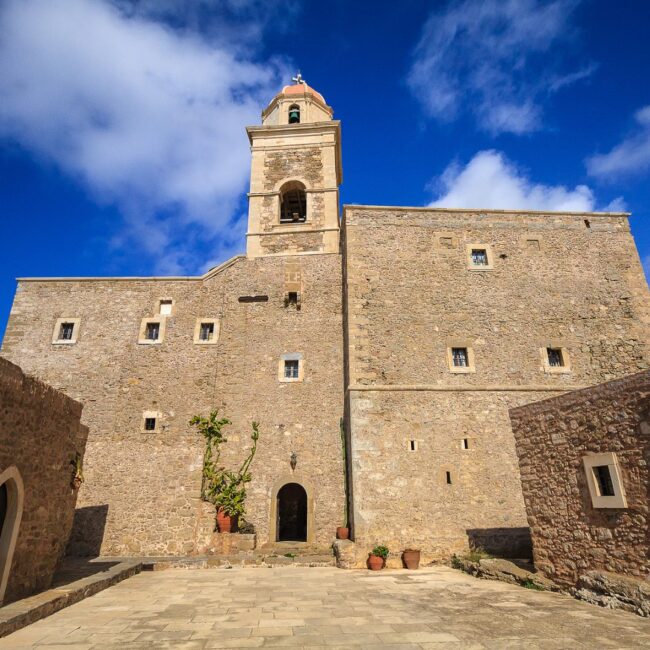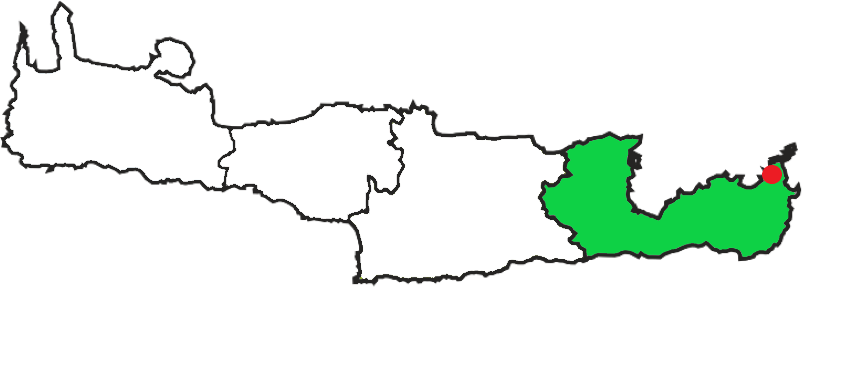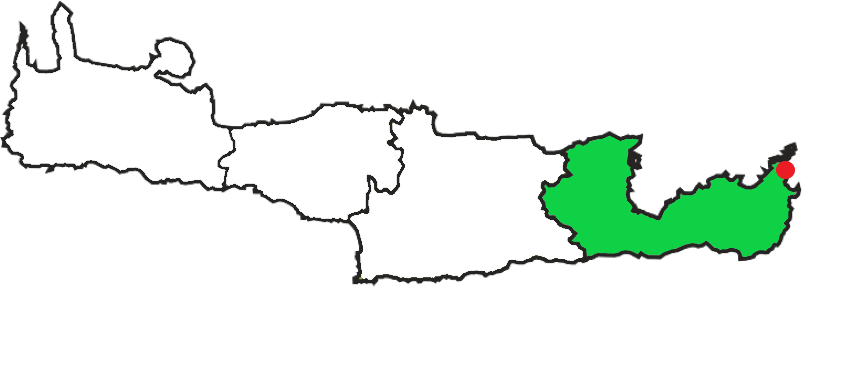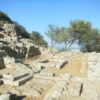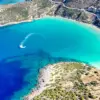Zakros Palace
Zakros Palace: The fourth largest palace of the minoan world
Located in the serene landscapes of the Lassithi district on the eastern coast of Crete, 45 kilometers from Sitia, the archaeological site of Zakros offers a captivating glimpse into the rich tapestry of Minoan civilization. The site of Zakros contains the fourth largest palace in Crete and despite being lesser-known compared to its illustrious counterparts Knossos and Phaistos, it holds its unique allure and historical significance, drawing in archaeologists and history enthusiasts alike.
The Palace of Zakros
The palace of Zakros is the main attraction of the archaeological site. Constructed during the 16th century BC, it is believed to have replaced an older public building, as indicated by the remains found under the east wing of the palace.
The palace is remarkably similar in architecture to the larger palace of Knossos, with the west wing housing the chambers of the shrine, including the main shrine, a ritual room known as the “Lustral Basin,” the treasury of ritual objects, and the majestic chambers for rituals and feasts.
The placement of storage spaces for agricultural products, the palace treasury, and other processing areas in the west wing reinforces the theory that the economic management of the Minoan state was controlled by a powerful ministry.
The site was visited by Arthur Evans, excavator of Knossos, in 1894 and 1896. Zakros was excavated by D.G. Hogarth of the British School of Archaeology at Athens under the auspices of the Cretan Exploration Fund in 1901 working primarily in the central area, Ayios Antonios.
In 1961, Nikolaos Platon resumed the excavation and discovered the Palace of Zakro (the New Palace).
The palace (or administrative center), with an area of about 8000 square meters and about 150 rooms, featured two large paved courtyards, one central and one to the west. His work there continued until his death in 1992 and appears to have then been continued by Lefteris Plato.
Excavations and Discoveries
The excavations at Zakros, led by the Greek archeologist N. Platon in 1962, revealed a Minoan palace and settlement dispersed across the slopes of the two hills in the valley.
The research on Minoan tombs, many of which were hidden in natural caves in the gorge of Zakros, known as “the gorge of the dead” (“faraghi ton nekron”), has provided valuable insights into the lives of the people who lived in this region.
The palace itself is a testament to the advanced engineering and architectural skills of the Minoans, with its sophisticated drainage system and impressive construction.
Most findings are kept in the museums of Heraklion, Sitia, and Agios Nikolaos. In the Zakros region, there are numerous freshwater wells.
Many turtles exit the site (and just from the wells). German experts have investigated this unique occurrence and believe it has been in Zakros since the Minoan period.
Zakros is separated into Kato (down) and Pano (up) Zakros. The palace where the archeological site is located is located at Kato Zakros, and it was a commercial hub with a huge harbor and great trade relations with eastern cities in Cyprus, the Middle East, and Egypt.
At Pano Zakros, a Minoan villa was discovered. The ground-floor rooms are mostly used for agricultural cultivation and storage.
One of the compartments had one of the most eloquent Minoan wine presses, complete with two press basins and jars for gathering the product.
There was a large storage area next to the wine press, as well as six enormous tubs. One of the tubs has a linear A inscription that began with the ideogram for wine.
Furthermore, north of Zakros, near the cave Pelekita (meaning: carved), you will find the quarry from which the palace’s components were collected.
Pelekita Cave includes massive halls filled with towering columns, slippery rocks, stalagmites and stalactites, as well as steep slopes that create the impression of being in an amphitheater.
The entryway is quite spectacular. A little pond of water can be found at the cave’s conclusion. The cave is 310 metres long in a single line and covers an area of around 0.45 hectares. There are traces of Neolithic habitation here.
Tourism and Cultural Significance
Today, Zakros is attracting visitors from around the world with its natural beauty, alternative activities, and rich cultural heritage.
The archaeological site is a great destination for anyone interested in the history and culture of Crete, offering a unique glimpse into the lives of the people who once inhabited this enchanting region.
The site is well-preserved and easily accessible, making it an ideal destination for families and history enthusiasts alike.
Visiting Zakros Today
Today, the archaeological site of Zakros is a serene and evocative place, where visitors can wander through the ancient ruins and imagine the bustling life of a once-thriving Minoan city.
The nearby village of Kato Zakros provides a tranquil retreat, with its traditional tavernas and beautiful beaches offering a perfect complement to the historical exploration.
For those interested in delving deeper into the Minoan civilization, the small yet informative Archaeological Museum in Sitia, a short drive from Zakros, houses many of the artifacts uncovered at the site.
Additional informations for the site
45 kms from Sitia & 110 kms from Agios Nikolaos.
Usually visitors stay in this area up to 1 hour.
Tickets: Adults 6€, Reduced 3€
Summer 08:00-19:00 closed on Major Holidays
Winter 08:30 - 15:30 closed on Major Holidays
No available W.C.
Unfortunately there are no infrastructures for the handicap.
Phone Number: +30 28430 26897
No Available Wi - Fi.
How to Get There
There are three main ways to get to the archeological site of Zakros, with most likely the starting point being Sitia:
By car:
Zakros is easily accessible by car from Sitia. The drive from Sitia is about 58 minutes. You can start from Agios Nikolaos, but the drive will be longer. Being 110 kilometers away, the drive will take you around 2 and a half hours. There is a parking lot located near the entrance to the archaeological site.
By bus:
There are no buses directly from Agios Nikolaos. The nearest stop is in Sitia, and from there you can take the bus to Kato Zakros Village.
The bus ride is relatively inexpensive, but the taxi ride will be more expensive.
By taxi:
Taxis are readily available in both Agios Nikolaos and Sitia. A taxi ride to Zakros from either town will be more expensive than taking the bus, but it is a more convenient option if you are not comfortable driving or don’t have access to a car. We can’t be sure about the cost.
The archaeological site of Zakros is a remarkable testament to the rich cultural heritage of Crete. With its impressive palace, sophisticated engineering, and significant archaeological finds, this site offers a fascinating glimpse into the lives of the Minoans and the history of the region. Whether you are a history buff, a culture enthusiast, or simply looking for a unique travel experience, Zakros is a must-visit destination in the Lassithi district of Crete.
ADDITIONAL TIPS FOR AN ENJOYABLE VISIT TO zakros palace

Destinations near Zakros Palace
More options for nearby locations to plan your vacations better!



